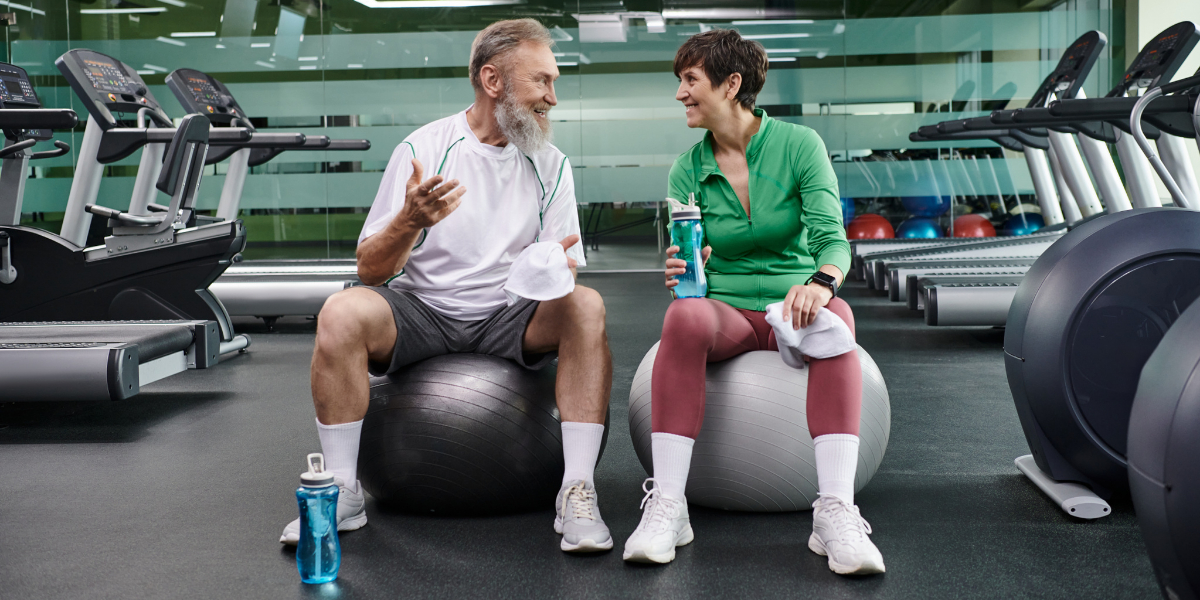Tips for incorporating regular exercise into daily routines
Establishing an Exercise Routine
Creating a consistent exercise routine is crucial for long-term fitness success. Individuals can make physical activity a sustainable habit by setting clear goals, finding the right time and activities, and integrating movement into daily life.
Identifying the Right Time and Type of Exercise
Selecting the optimal time for exercise depends on personal schedules and energy levels. Some prefer morning workouts to kickstart their day, while others find evening sessions more suitable. It is important to choose a time that aligns with one’s daily routine and can be maintained consistently.
The type of exercise should match individual preferences and fitness goals. Cardio activities like running or cycling improve heart health, while strength training builds muscle and increases metabolism. Yoga or Pilates can enhance flexibility and reduce stress.
Experimenting with different activities helps identify enjoyable exercises, increasing the likelihood of sticking to the routine. Mixing various types of exercise is beneficial for a well-rounded fitness program.
Setting Realistic Fitness Goals
Establishing clear, achievable fitness goals is essential for motivation and progress tracking. Short-term objectives, such as exercising three times a week or running a 5K, provide immediate targets to work towards.
Long-term goals, like losing 20 pounds or completing a marathon, offer a broader vision for fitness journeys. It’s crucial to make these goals specific, measurable, and time-bound.
Using a journal or fitness app to record progress can boost motivation and commitment. Celebrating small victories along the way reinforces positive habits and encourages continued effort.
Incorporating Physical Activity into Daily Tasks
Integrating exercise into everyday activities can significantly increase overall physical activity. Taking the stairs instead of the elevator or parking farther from destinations adds extra steps to the day.
Walking meetings or phone calls provide an opportunity to move while working. Home chores like gardening or vigorous cleaning also contribute to daily exercise quotas.
Standing desks or under-desk treadmills can reduce sedentary time during work hours. Setting reminders to stretch or do quick exercises every hour helps maintain energy and focus throughout the day.

Optimizing Exercise Outcomes
Tracking progress and adapting workouts are vital strategies for maximizing the benefits of physical activity. These approaches help individuals stay motivated and tailor their routines for optimal well-being.
Progress Tracking and Rewards
Regular monitoring of exercise progress can significantly boost motivation. Individuals can use fitness apps or journals to record their workouts, tracking metrics such as distance, time, or weight lifted. Setting achievable milestones and celebrating small victories encourages consistency.
Rewards play a crucial role in reinforcing positive habits. These can be tangible, like new workout gear, or intangible, such as extra leisure time. The release of dopamine associated with rewards enhances motivation and pleasure from exercise.
Visual representations of progress, such as charts or graphs, provide concrete evidence of improvement. This tangible proof of advancement can be particularly encouraging during plateaus or challenging periods.
Adapting Workouts to Enhance Well-being
Flexibility in workout routines is essential for long-term success. As fitness levels improve, exercises should be adjusted to maintain challenge and prevent boredom. This might involve increasing intensity, trying new activities, or incorporating various workout types.
Physical exercise offers numerous health benefits, including reduced risk of heart disease and obesity and improved mental health. Adapting workouts to target specific goals, such as weight loss or increased endurance, can enhance these benefits.
Attention to how different exercises affect mood, energy levels, and sleep quality allows for personalized optimization. Some individuals may find morning workouts boost productivity, while others prefer evening sessions for stress relief.
Balancing various types of exercise, such as cardio, strength training, and flexibility work, promotes overall well-being. This comprehensive approach supports physical health, mental clarity, and emotional balance.

Building a Supportive Exercise Environment
Creating a conducive environment for exercise can significantly boost motivation and consistency. A supportive atmosphere and social connections can make workouts more enjoyable and sustainable.
Finding an Exercise Community or Partner
Joining a fitness class or gym can provide a sense of community and accountability. Many people find group activities like yoga, cycling, or martial arts more engaging than solo workouts. Partnering with a friend or spouse for regular exercise sessions can increase commitment and make workouts fun.
Fitness classes offer structured routines and expert guidance suitable for various fitness levels. Online communities and apps can connect individuals with similar fitness goals, providing virtual support and motivation. Some workplaces organize group activities or walking clubs, making incorporating exercise into daily life easier.
Creating an Enjoyable Exercise Atmosphere
Setting up a dedicated workout space at home can make exercise more convenient and appealing. This area should be well-lit, ventilated, and equipped with the necessary gear. Playing upbeat music or listening to podcasts during workouts can make the experience more enjoyable.
Varying exercise routines prevent boredom and target different aspects of fitness. Mixing cardio activities like walking or cycling with strength training keeps workouts interesting. High-Intensity Interval Training (HIIT) offers an efficient option for those who are short on time.
Outdoor exercise can be refreshing and provide a change of scenery. Parks, trails, or even stairs in urban areas offer opportunities for movement. Setting achievable goals and tracking progress, such as daily step counts or workout frequency, can boost motivation and satisfaction.











